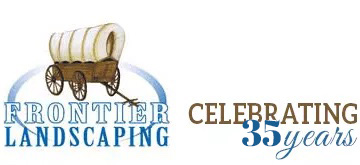
While safely and effectively clearing snow and ice should be the priority, some methods are more plant and pet friendly than others. The key to using de-icers for snow and ice removal is to use as little as is necessary to effectively de-ice, while minimizing adverse impact on surrounding plants, and pets that frolic among them.
De-icing options
There are many different options for melting ice. The products most often used, and most widely available, generally contain some form of chloride. Minerals like sodium, potassium, calcium, and magnesium are combined with chloride ions to form salts used to melt ice. Other de-icing options include urea-based products, and calcium magnesium acetate (CMA), a chloride-free option. Each type of de-icer is effective down to a different temperature, and each type results in its own unique watery solution once the snow and ice melt.
Sand or gravel may provide increased traction on slippery surfaces by providing increased friction to prevent slipping. While application can help prevent formation of new ice, it does not cause snow or ice to melt.
Things to consider where de-icing is needed
It is important to consider the type and placement of plants along walkways, roadways, and any other areas where de-icing is often required. Younger, newer plants may be more susceptible to harm than older, more mature plants with well-established root systems. While unseen at this time of year, it is also important to consider the positioning of any bulbs planted in the areas where de-icing will occur. The melted water absorbed into soil can affect bulb growth of early spring blooms located in these areas.

- Corrosive to metals, concrete, pavers, and other hard surfaces
- Scorching to plant leaves and flowers
- Suffocating to plant roots, with the salty soil preventing plant roots from absorbing the water necessary for growth and survival
- Toxic to pets, especially if more concentrated, making them sick when licked off paws after walking through it
- Polluting to waterways and marine life where storm drains bring this runoff water
With many options and factors to consider, doing your homework is necessary when it comes to the best de-icer solution for your individual situation. Whichever de-icing strategy you choose, remember that minimal necessary de-icer use is the key to maximal health for people, pets, and plants alike.
As always, the experts at Frontier Landscaping are here to assist with plant health needs. Call us today!

